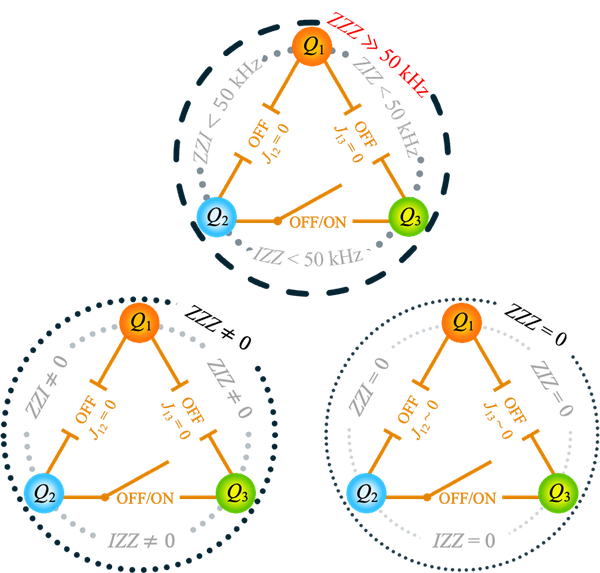Exciting Quantum Computing Breakthrough: Forschungszentrum Jülich Teams Up with MIT and UCSB

In the design of quantum processors, qubit interactions are often simplified as two-body interactions, treating qubits as isolated pairs. However, extending this to multi-qubit systems requires a fundamentally new theoretical approach—not just a straightforward extension of two-qubit models. Understanding and simulating strongly interacting multi-qubit systems before building them is key to unlocking the mysteries of modern quantum physics and advancing quantum information science.
Based on this desire, a groundbreaking collaboration has emerged between Mohammad Ansari, a theoretical physicist at PGI-2, Forschungszentrum Jülich, and his team—working with MIT (Massachusetts Institute of Technology)—and John M. Martinis, a leading physicist from UC Santa Barbara (UCSB), known for his pioneering work in quantum computing during his tenure at Google’s Quantum AI Lab. Their research, “Lattice Hamiltonians and Stray Interactions within Quantum Processors”, is set to be featured as an Editor’s Suggestion in Physical Review Applied.
They found that contrary to long-held beliefs, the team’s precise modeling of superconducting qubit processors reveals that three-body stray couplings can dominate two-body interactions, posing a serious threat to gate fidelity and causing crosstalk between qubits. This breakthrough emerged from advanced simulations run on CirQubit, a cutting-edge quantum processor modeling software developed by Mohammad Ansari’s team at PGI-2. The platform employs novel methods to simulate superconducting qubits with unparalleled accuracy, bridging theoretical physics and real-world quantum hardware.
“Not all quantum interactions are mediated by two-body forces. In nature, the strong nuclear force has a three-body component that stabilizes the helium-3 nucleus. Similarly, in a quantum processor—a fully integrated quantum object—unexpected quantum behaviors can emerge. One of our most surprising findings was that three-body interactions can be stronger than two-body interactions,” said Mohammad Ansari.
They demonstrated that loosely decoupled qubits, better than strictly decoupled qubits, can weaken stray couplings for higher gate fidelities—even when idle. This discovery proposes rethinking quantum processor architectures. Additionally, the research explores the impact of microwave pulses and cross-resonance gates, emphasizing previously-unknown crosstalk between seemingly inactive qubits.
These findings lay the groundwork for significant improvements in two-qubit gate performance, which will lead to development of fault-tolerant quantum computing and next-generation multi-qubit gates, advancing the field toward large-scale quantum processors.
Full publication here.
